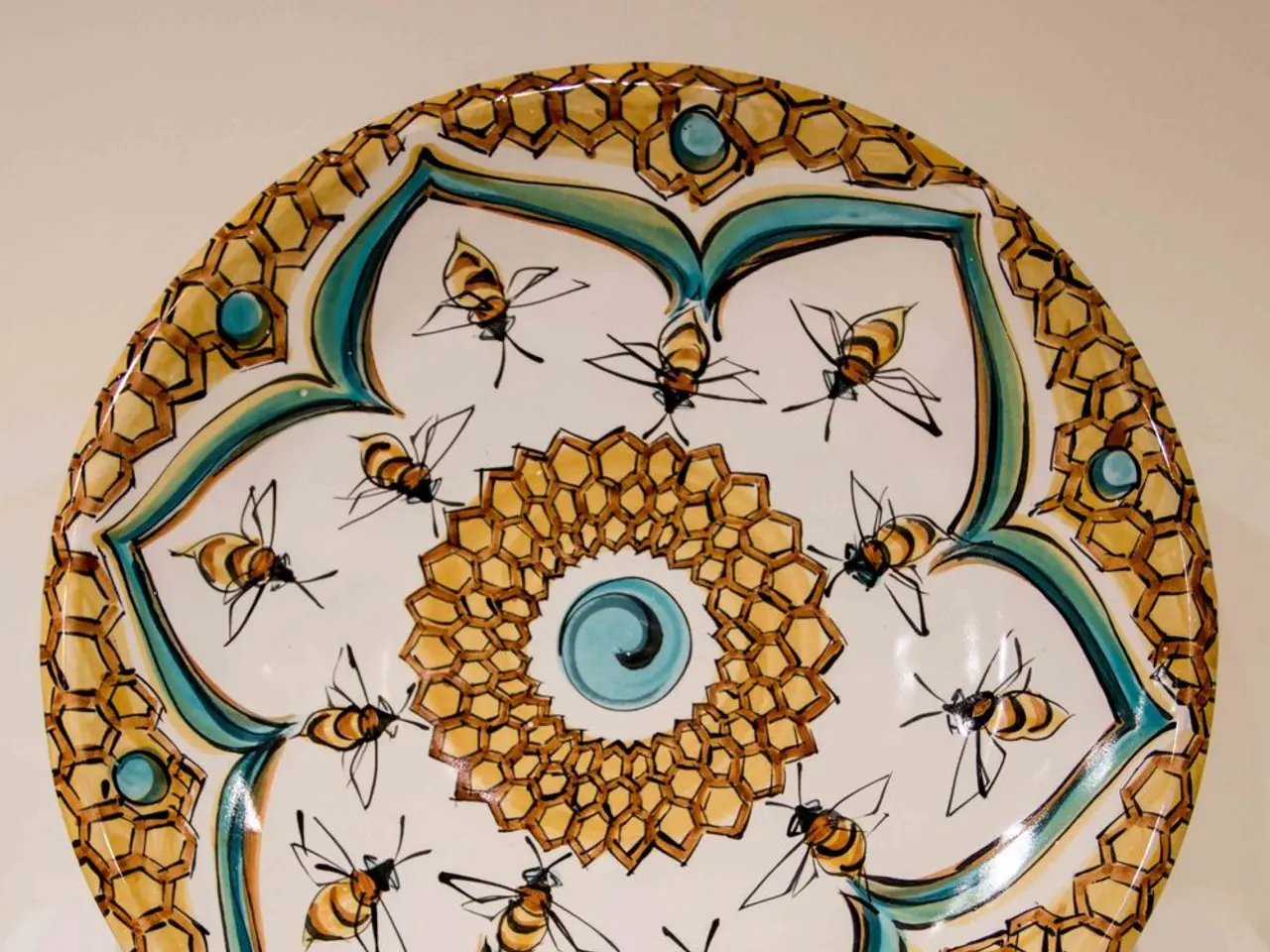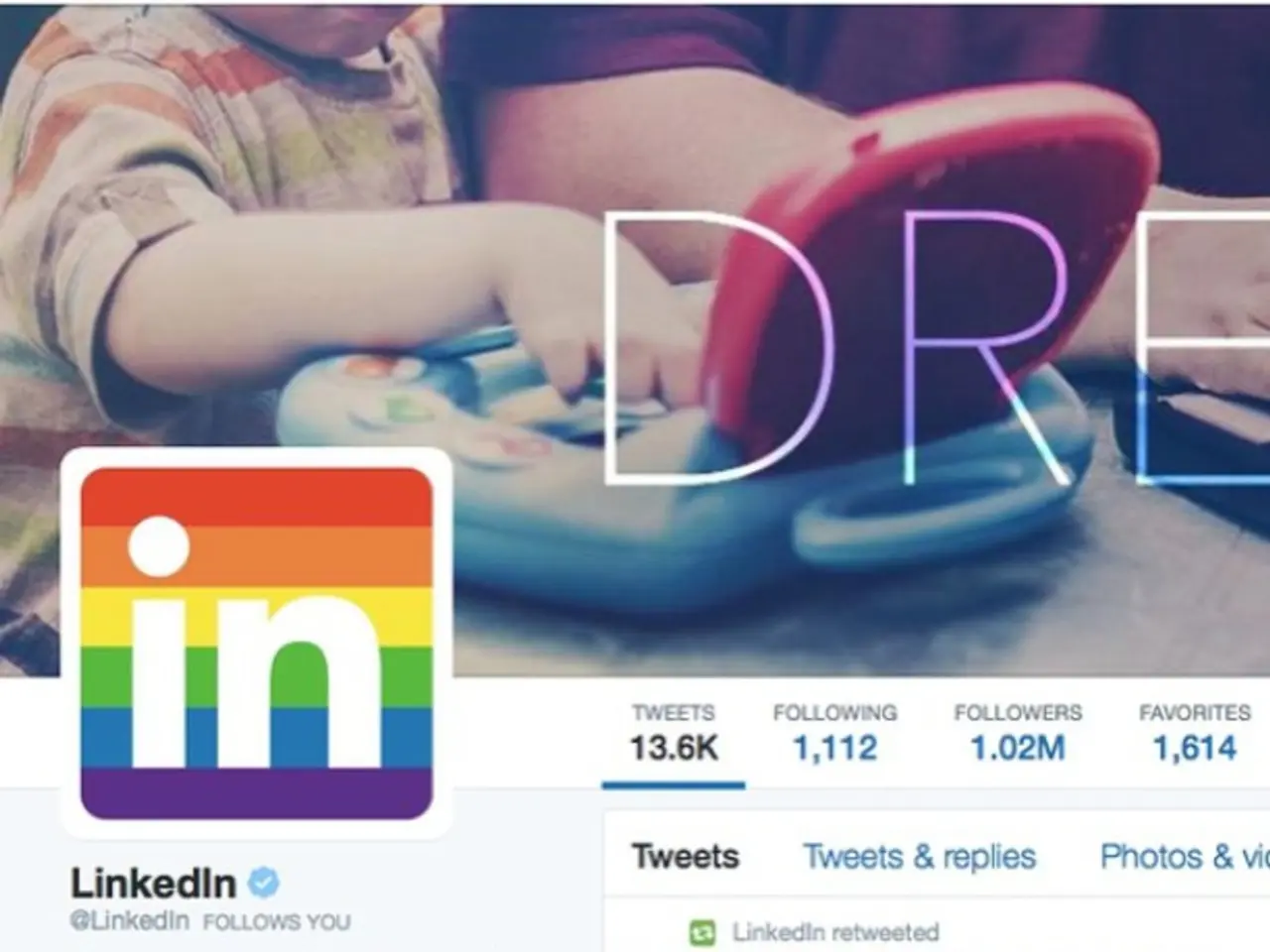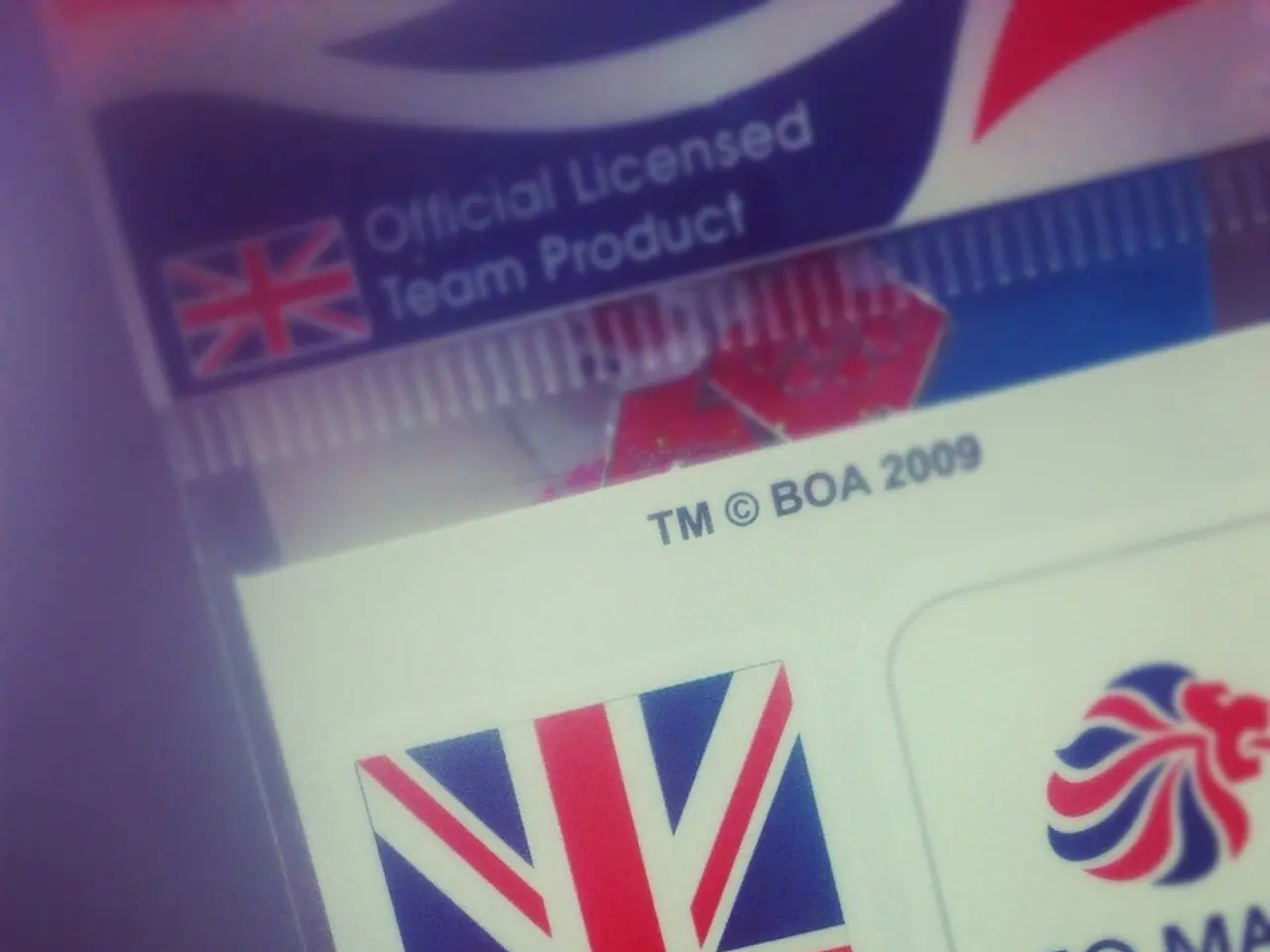Developing the Appropriate Prototype: A Guide
In the realm of Design Thinking, prototypes play a crucial role in bringing ideas to life. These simulations of a product or service help designers, developers, and stakeholders visualise and interact with their creations before they become a reality. Prototypes can be categorised into three main types: low-fidelity, medium-fidelity, and high-fidelity, each offering unique advantages in the design process.
Low-fidelity prototypes are the first step in exploring concepts and user flows. They are often simple, rough sketches or paper models, designed to encourage creative iteration with minimal investment and detail. Although they lack immersive realism and complex interaction simulation, they are quick, low-cost, and less time-consuming, making them ideal for testing assumptions and exploring many variants in the early stages of a project.
Medium-fidelity prototypes provide a balance between realism and flexibility. They offer more polished digital interfaces and basic interactivity, useful for usability testing while still enabling quick adjustments. Examples of medium-fidelity prototypes include wireframes, like those created on Balsamiq, which provide a more detailed representation of layout and user flow compared to low-fidelity prototypes.
High-fidelity prototypes closely replicate the final product in visual design, interactivity, and user experience. They are used for detailed testing to refine design and prepare for development handoff. High-fidelity prototypes can simulate most of the final system’s behaviour and aesthetics, making them excellent for the final selling of ideas when funding decisions need to be made or when potential markets are being approached for feedback. Examples of high-fidelity prototypes include those produced in Sketch, which offer a close representation of the final product with high detail.
This gradation supports Design Thinking by allowing teams to start broadly with low-fidelity explorations, refine concepts through medium-fidelity prototypes, and validate detailed designs with high-fidelity versions before final production. Prototyping can offer priceless early views of the target audience in their environment, and prototyping for empathy, or "active empathy", is used in the early stages of a design project to develop empathy with users, even without a specific product to test.
In conclusion, prototyping is an essential tool in the Design Thinking process, providing a way to test ideas, gather feedback, and refine designs before moving on to execution. By understanding the differences between low, medium, and high-fidelity prototypes, teams can make informed decisions about which type to use at each stage of the project, ensuring a smooth and efficient design process.
UX design and design thinking frequently utilize prototypes, especially in their earlier stages, to improve visualization and interaction with design concepts prior to their actual production. Interaction design may involve testing low-fidelity prototypes, such as sketches, to brainstorm and rapidly iterate design ideas, while UI design might make use of high-fidelity prototypes, like those created in Sketch, to simulate the final product's aesthetics, interactivity, and behavior. As technology evolves, these prototypes continue to play a pivotal role in the design process by encouraging empathy with users, gathering valuable feedback, and ensuring efficient refinement of designs.




